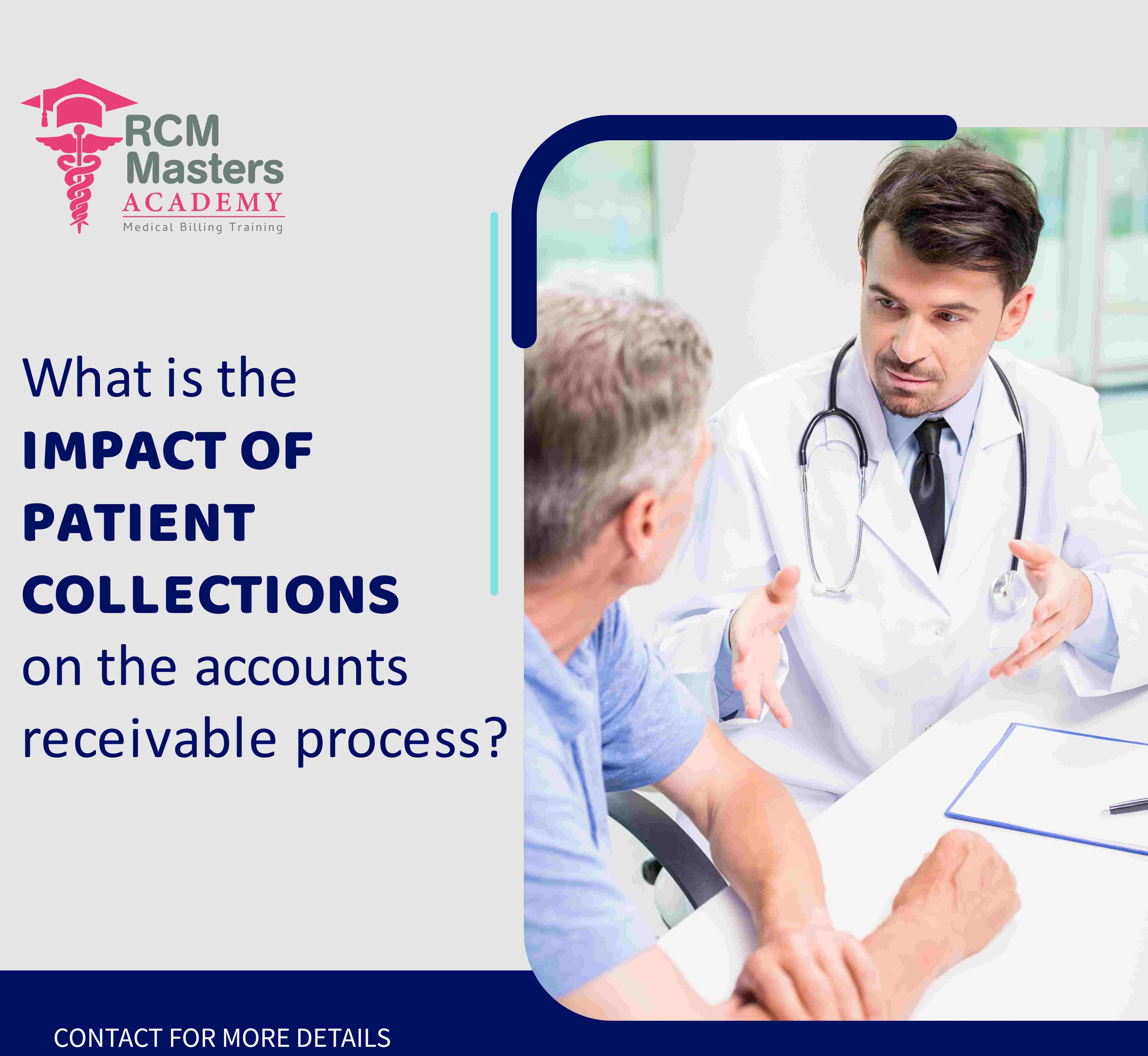 info@rcmmastersacademy.com
info@rcmmastersacademy.com

As the healthcare industry continues to evolve, healthcare providers are facing increasingly complex challenges related to managing revenue cycles. One of the most critical components of any healthcare revenue cycle is patient collections. In fact, managing patient collections is one of the most significant challenges for healthcare providers when it comes to managing their accounts receivable process.
What is patient collections?
Patient collections refer to the process of collecting payment from patients for the services provided by healthcare providers. This can include copays, deductibles, coinsurance, and any other out-of-pocket costs that patients are responsible for paying. The patient collections process starts from the point of service delivery and continues until the payment is received in full.
The impact of patient collections on the accounts receivable process
Patient collections play a significant role in the accounts receivable process for healthcare providers. When patients fail to pay their bills on time, it can have a significant impact on a provider's cash flow, revenue cycle, and financial health. Here are some of the ways that patient collections impact the accounts receivable process:
1. Increased Days in Accounts Receivable (DAR)
When patients do not pay their bills on time, it can lead to an increase in the days in accounts receivable (DAR). This means that the average time it takes for a healthcare provider to receive payment for services rendered increases, which can impact cash flow and revenue.
2. Reduced Revenue
Patient collections are essential for healthcare providers to maintain their financial health. When patients do not pay their bills on time or at all, it can lead to reduced revenue for the provider. This can have a significant impact on the provider's ability to maintain operations, invest in technology, and provide quality care.
3. Increased Costs
Patient collections can also lead to increased costs for healthcare providers. When providers have to spend more time and resources on collections, it can impact the efficiency of their operations and increase their costs. This can lead to lower profitability and reduced financial health.
4. Compliance Risks
When healthcare providers are not compliant with patient collection regulations, it can lead to significant fines and penalties. Providers need to be aware of all state and federal regulations related to patient collections to avoid compliance risks.
5. Reputation Management
Patient collections can impact a provider's reputation in the community. When patients have negative experiences with collections, it can impact their perception of the provider and influence their decision to seek care in the future.
Best Practices for Managing Patient Collections
Given the significant impact that patient collections can have on the accounts receivable process, healthcare providers need to develop effective strategies for managing collections. Here are some best practices for managing patient collections:
1. Clear Communication
Clear communication with patients is critical to effective collections. Providers need to communicate the cost of services, payment options, and billing policies upfront to avoid any confusion or misunderstandings.
2. Payment Plans
Providers should offer payment plans to patients who are unable to pay their bills in full. This can help patients manage their healthcare costs while ensuring that providers receive payment for services rendered.
3. Technology Integration
Integrating technology into the patient collections process can help improve efficiency and reduce costs. Providers should consider using electronic billing, payment portals, and automated reminders to streamline the collections process.
4. Compliance Monitoring
Providers should regularly monitor compliance with patient collection regulations to avoid compliance risks. This can include monitoring state and federal regulations, reviewing billing policies, and conducting regular audits.
5. Staff Training
Training staff on patient collections best practices can help ensure that collections are handled appropriately and that patients have positive experiences with the billing process.
Conclusion
Patient collections play a critical role in the accounts receivable process for healthcare providers. Providers need to develop effective strategies for managing patient collections to avoid increased DAR, reduced revenue, increased costs, compliance risks, and reputation management issues.
You can enroll for our Online Medical Billing Training here: